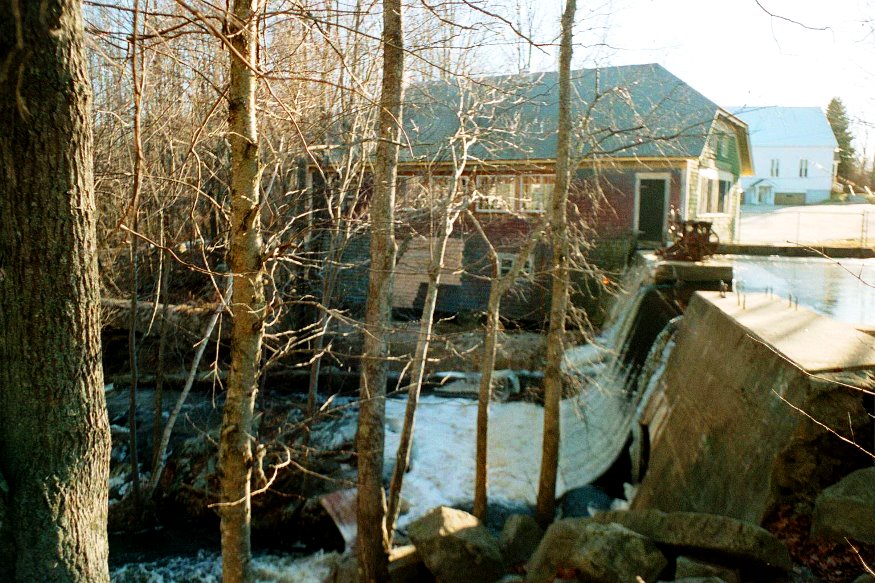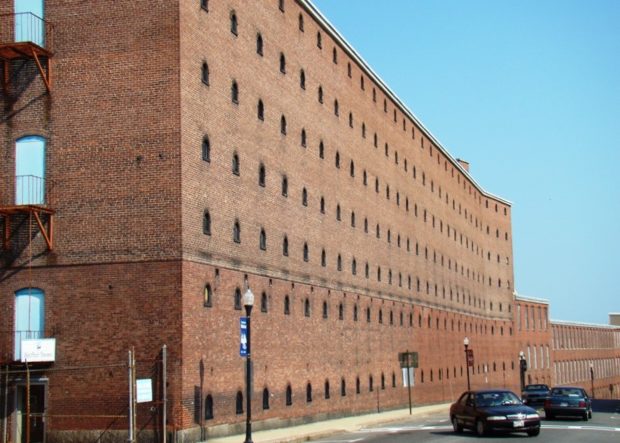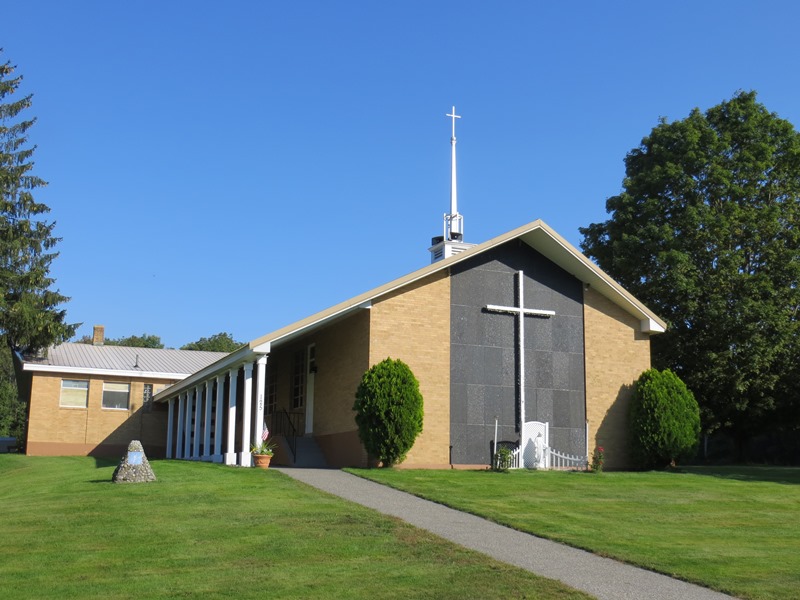Lyman

Earlier called Swansfield, it was named after Theodore Lyman of York, a successful businessman and Boston merchant. Goodwins Mills is a village straddling the town lines of Lyman and Dayton. The first saw and grist mills were located there in 1782. Lyman’s United Methodist Church was established in 1840. Dotted with ponds, the area is a rural commuter community with easy access to Sanford and the Biddeford-Saco areas..




